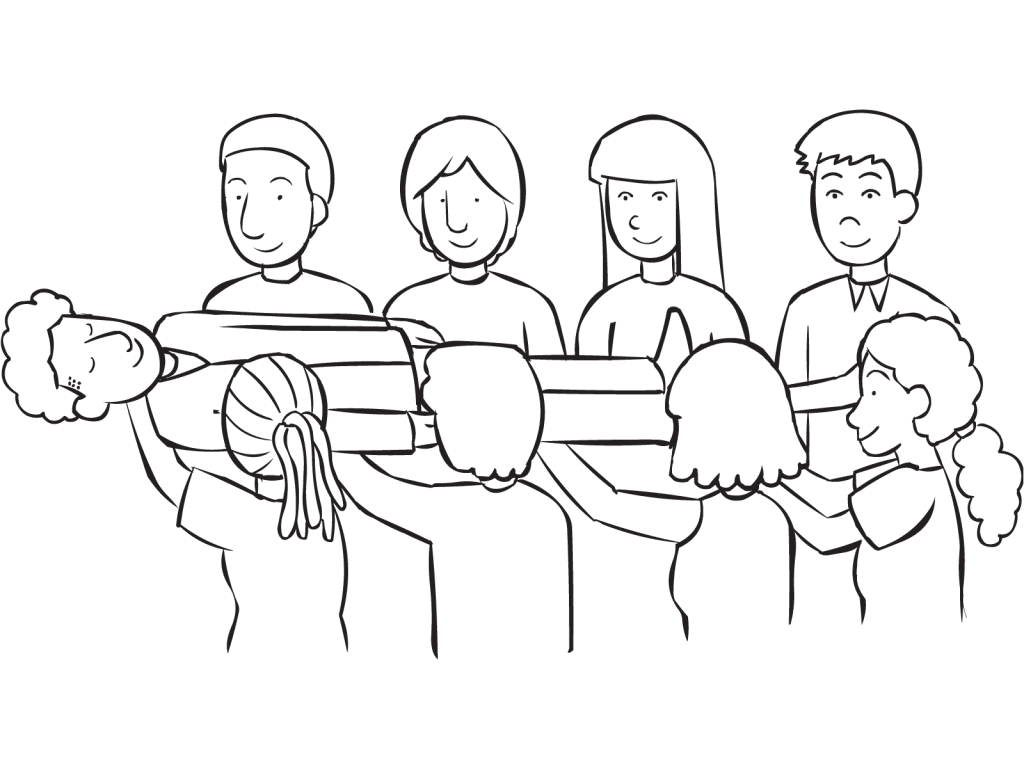Save to Playlist
Step-by-Step Instructions
How To Play Narrative Premium
Practical Leadership Tips Premium
Social-Emotional Learning Premium
Health & Wellness Programming Premium
Popular Variations Premium
You Might Also Like... Premium
Useful Framing Ideas Premium
Reflection Tips & Strategies Premium
Source Premium

No Props No Problem
Brand NEW book featuring 150+ outrageously fun group games & activities. Scan QR codes to connect to tons of digital content including video tutorials.
Add to Cart
NEW – No Props No Problem
The best-selling book featuring 150+ outrageously fun group games & activities. Scan QR codes to access exclusive digital content including video tutorials.

Free Ice-Breakers & Group Games
Ten of the best no-prop, interactive ‘get-to-know-you’ games & activities. 100% fun, your group will love ’em. Our most successful giveaway, 10,000+ downloads so far…
Top Ten Icebreakers & Group Games
Download our free 28-page ebook jam-packed with outrageously fun activity ideas.
Just one more question:
I am interested in…
Choose a plan that’s right for you
We offer a range of membership plans with no surprises.
Click an option below & discover our simple pricing.

Individual
Click here if you’re a:
- Teacher
- Corporate trainer
- Outdoor educator
- Camp leader
- Youth leader
- Conference organiser
- Therapist/counsellor
Membership Plans

Enterprise
Click here if you represent a:
- School
- Corporation
- Community-based Organisation
Explore plans for
10, 50, 200 or more
potential users
Membership Plans






When done properly, this is a great way of wrapping up a Trust Sequence building session. All members of the team need to feel comfortable and capable of participating in this activity as there is a level of physical and emotional exertion to this activity.
And depending on the participant, it can be quite a relaxing activity for some while challenging for others, so it is very important that communication and trust is maintained.
If you still have time, continuing on with the Trust Wave or Slice and Dice activities or a thorough reflection on the activity would be a great way to conclude the session.
It is one of those sequences that demonstrates the importance of selecting the most suitable activity based on where your group is physically and emotionally at the time and that one doesn’t need to feel stuck to a program. Sometimes doing something less or slightly different that matches what the group needs at the time is much more beneficial when properly framed than pushing though with what was planned.
That’s right David, as an activity in which heightens the level of risk, a carefully guided sequence of activities is critical.